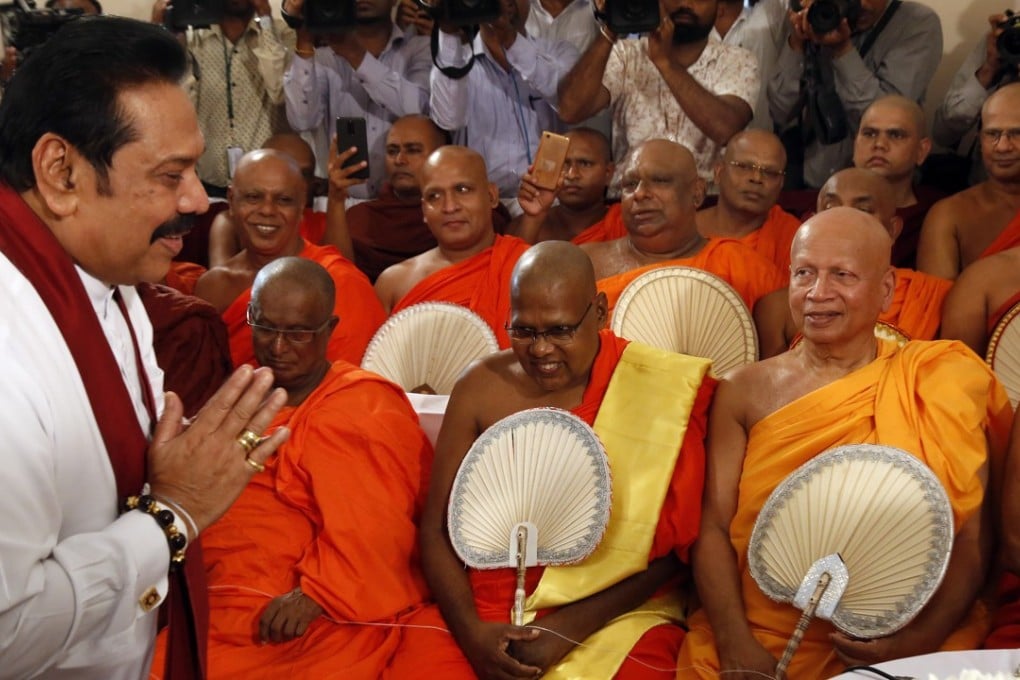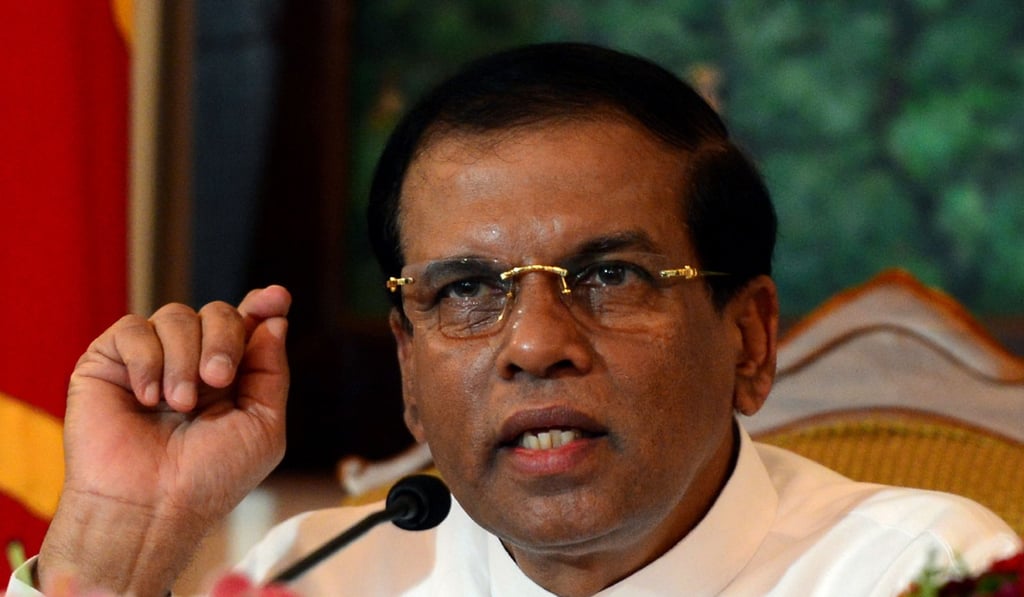Opinion | The West is upset about Sri Lanka’s sacked PM, but it’s not about democracy
- Prevailing media narrative does not reveal the internal tensions and external pressures that saw former PM Ranil Wickremesinghe sacked
- New leader Mahinda Rajapakse’s budget, due later this month, could legitimise his rule

But the news flashed across the world by the Western-dominated international media was different. They depicted the President’s move as dipping Sri Lanka into a new era of “dictatorship” and possible violence, going back to the old narrative of Rajapakse as a “ruthless” human rights violator and war criminal. They went to the sacked prime minister Ranil Wickremesinghe, still holed up in his official residence refusing to quit, and his supporters including Western-funded NGOs, for quotes that fit their narrative.
Wickremesinghe, who comes from an Anglicised, urban background, is widely unpopular with the predominantly Sinhala Buddhist majority because he is seen as unable to connect with them and too aligned with Western, Christian interests. He is more comfortable speaking in English than in the native Sinhala language. President Sirisena, who is the son of a rural Sinhalese Buddhist rice farmer, is poles apart culturally, and when both of them came together to defeat Rajapakse in 2015, many people wondered how long the alliance could last.
Their differences have now come to the surface, and were reflected in Sirisena’s address to the nation on October 30, in which he explained Wickremesinghe’s sacking through a devastating put-down of his character.
Sirisena pointed out the sacked prime minister’s inability to connect with the common people, Wickremesinghe’s disrespect for those outside a small circle of Colombo-based elites, his disregard for the country’s sovereignty and his tendency to favour foreign business over locals. It was only towards the end of Sirisena’s speech that he referred to an assassination plot against him, which he said Wickremesinghe did not take seriously. The international media largely latched on to this comment, making the president look childish for sacking the prime minister on these seemingly flimsy grounds.

Sirisena was the General Secretary of the Sri Lanka Freedom Party (SLFP), which was led by Rajapakse during his tenure as President from 2005 to 2015. He defected in November 2014 and became the opposition candidate to challenge Rajapakse – a decision that shocked the nation. Along with a slogan of yahapalanaya, or “good governance”, coined by Western agencies and delivered via NGOs funded by them in Sri Lanka, it connected with the masses, who resented the corrupt practices of Rajapakse cronies, including his family members. Thus, riding on this popular anti-corruption wave, he won the presidency narrowly in January 2015.
